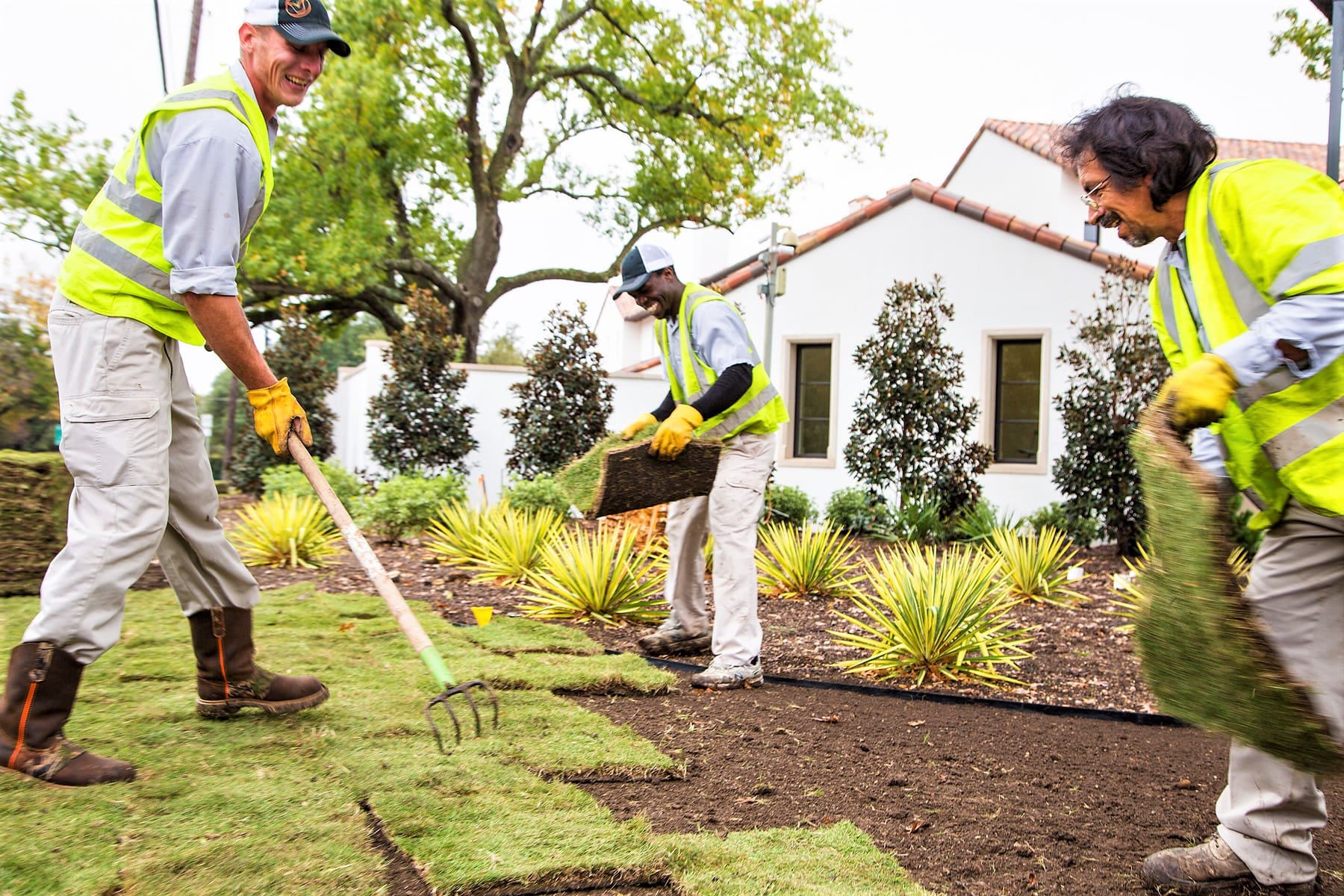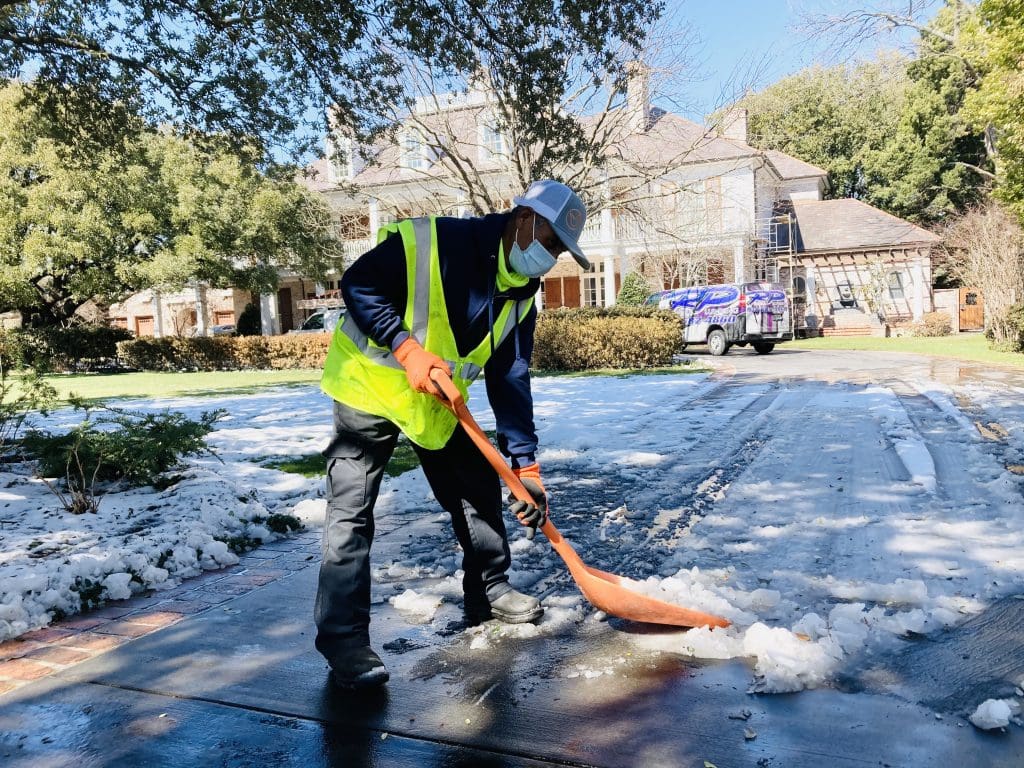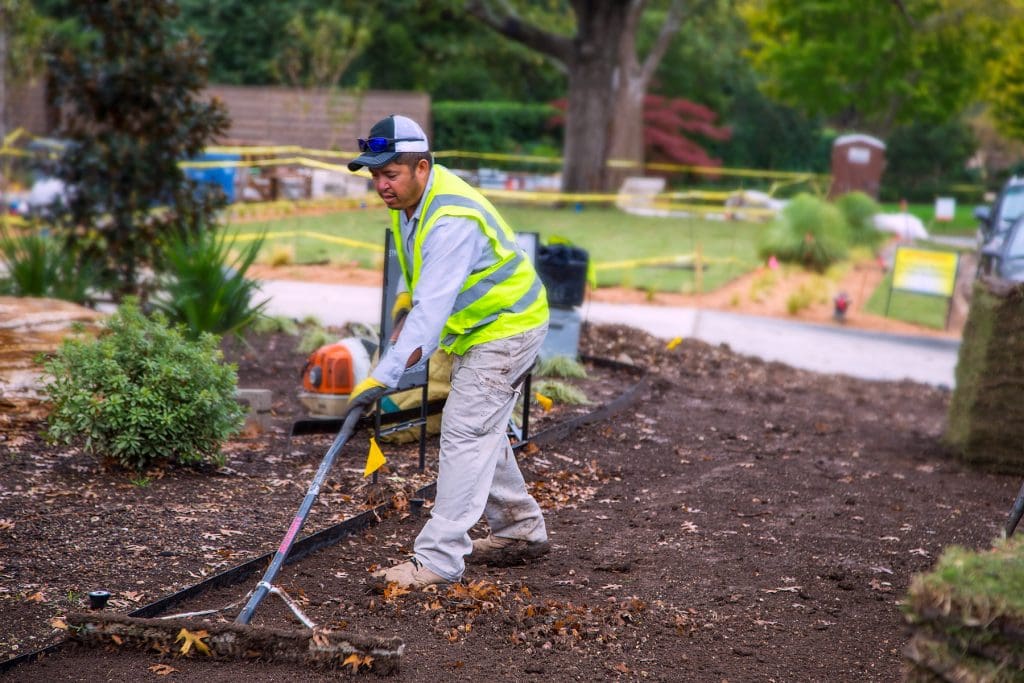
People are creatures of habit and typically avoid change when they can. However, sometimes it may be necessary to take a hard look at your current business model and shift your focus.
In the case of The Plant Concierge LLC, based in Dallas, Texas, the company has actually changed its model several times. The first time the interior plant maintenance company added on landscape maintenance installation services.
“As clients were asking me for those services, I realized that that was something that we needed to shift gears and do,” says Thomas Fancher, president of The Plant Concierge. “So, we started the company in 2007 as Fancher Interiors. In 2009, we incorporated and became The Plant Concierge.”
Five years later, The Plant Concierge made a change again as the maintenance, and design/build side of the business had become much larger than the interiorscaping side. Fancher realized he was spending 20 percent of his time on five percent of their revenue.
“We decided to shift gears and we got away from the interior maintenance side of it, and shifted all of our focus towards maintenance and design/build,” Fancher says.
The Plant Concierge’s last shift was in 2015 when they moved completely away from synthetic chemicals and became a fully organic company.
“This was a big shift for us because we did it for all of our clients, we no longer offered any kind of synthetic program,” Fancher says. “We did that in 2015 and that was one of the best decisions that we’ve made.”
When to Shift Gears

Client demand is often the best motivation to seriously consider shifting your business’s focus.
Fancher says his decision to add on maintenance and design/build services was a business decision based on customer requests. Similarly, he decided to drop interior plantscaping when it was no longer contributing a substantial amount to the company’s revenue.
For Chapel Valley Landscape Company, based in Woodbine, Maryland, they started out as a commercial design/build company that picked up residential design/build and residential maintenance along the way. In the 70s and 80s commercial clients’ desire for the company to handle their maintenance as well as the installation prompted the company to begin building out its commercial maintenance division.
The decision was customer-driven, but Chapel Valley saw the long-term viability of the division. The development of the commercial maintenance division slowly took shape over time because of the ongoing need. They also started to actively sell maintenance services.
“Through recessions, the maintenance aspect is a much more sustainable model,” says Lucas Castor, chief growth officer for the company. “The maintenance side year over year, that’s revenue you can count on while construction it has some ebbs and flows year over year.”
Fancher advises speaking with your clients if you’re considering shifting gears. He says it’s important to find out what they’re looking for as far as services.
“Your clients have all the information of what they’re looking for,” Fancher says. “The best information you’re going get is from the people that are hiring you.”
While your business should be able to turn a profit, Fancher says following your passion is also important.
“If you’re not passionate about one side of the business, you’ve got to do one or two things,” Fancher says. “You’ve either got to hire somebody to run the side of the business that you’re not passionate about that does have the passion for it, or you need to shift gears and focus on what you’re passionate about.”
Making the Transition
Fancher says the shift to adding landscape maintenance and design/build services was fairly easy since he already had existing customers requesting those new services.

“When you have an influx of customers who you have a relationship with that are asking you to provide additional services, if those services make sense for the company and they make sense for revenue and the growth of the company, then it was a pretty easy move for us,” Fancher says.
When The Plant Concierge dropped interior plantscaping services, Fancher says there were only two customers left who only had interior services. He was honest with them about the business decision and lined up a couple of other companies who could take on their needs.
As for the transition to organics, this took more time as they needed to gather data on their customers’ properties and they spent a year educating their clients on organics and the long-term viability of the soil. In the end, they only lost two customers over the switch to organics.
“I think the education process was very important in helping our clients understand why we were making this decision,” Fancher says. “I think that if you educate them prior, it kept us from losing a lot of our customers.”
Chapel Valley’s transition to focus more on commercial maintenance was more subtle as they didn’t drop any of their services.
“Like any new thing, there is going to be a bit of a learning curve,” Castor says. “Shifting from a construction to a maintenance mentality, or even shifting from a residential maintenance to a commercial maintenance mentality didn’t happen overnight.”
How to Be Successful

During the early onset of COVID-19, Eastern Land Management, Inc., (ELM) based in Stamford, Connecticut, saw a significant decline in landscape enhancement services from their commercial clients and record low snowfall exiting the winter.
“We were faced with the challenge of keeping our teams employed and trying to generate additional revenue to support our employees,” says Bruce T. Moore Jr., LIC, president of ELM. “While speaking with industry peers and being keen to the marketplace we realized there was a large demand for residential landscape construction with consumers re-investing in their yards during the pandemic. We knew we had the teams, equipment, and resources to do this work and we made the decision to pursue it.”
ELM launched a social media campaign and used targeted ads to the residential areas within their service areas. They also let their existing clients know in case they had a personal project they wanted to do or could refer a friend. Despite their efforts, they did not gain any residential clients last year.
“By the time we decided to try this out it was mid to late June and I think at that time all the consumers had decided on what they were going to do and had contractors lined up,” Moore says. “We only tried the advertising for a short period in June and did not continue with any efforts.”
Moore says they did eventually see a slow uptick in additional work from their existing clients and took on some larger commercial landscape installation projects. He says they’ve decided not to continue to pursue the residential market.
“At the end of the day we serve the commercial market well and we did not want to have any distractions or cause any confusion with our teams and clients,” Moore says.
Moore advises companies to do their research with their teams to consider sales and marketing, operations and finance when it comes to shifting gears.
“What type of clients are you seeking to serve?” Moore says. “Do you have the skilled personnel and resources to serve this new area? What is your capacity to take on new work? Will there be capital needed in order to fund this new venture? Bring in your team and thought partners to strategize your approach and ensure that you have a sales and operations process to achieve the work that you are seeking and are able to execute well in order to develop a solid reputation in the marketplace.”
“Truly understand what the vision is, what you’re attempting to do for the company,” Castor says. “Don’t become a jack of all trades. If you’re going to add a new business model, you need to spend time and you need to have some conversations about what does it look like to make it successful.”
As for whether to share the changes with your current customer base it really depends on if it impacts them at all. In Chapel Valley’s case, as they’ve changed their focus, but haven’t dropped any services there’s been no need to tell them of the shift.
Fancher believes you should always be willing to change if something’s not working. Whether you’re a large company or a small company, you need to be able to make the necessary transitions so you can be ahead of the game. He also stresses getting engagement from your employees and customers when making a change.
“It’s important to get buy-in from your employees and your customers,” Fancher says. “When everybody is sitting at the table, you can get everybody’s buy-in, and when people feel like they have a voice, you can get buy-in. I think that if you go at it alone, you’re going to miss the mark.”
This article was published in the May/June issue of the magazine. To read more stories from The Landscape Professional magazine, click here to subscribe to the digital edition.

